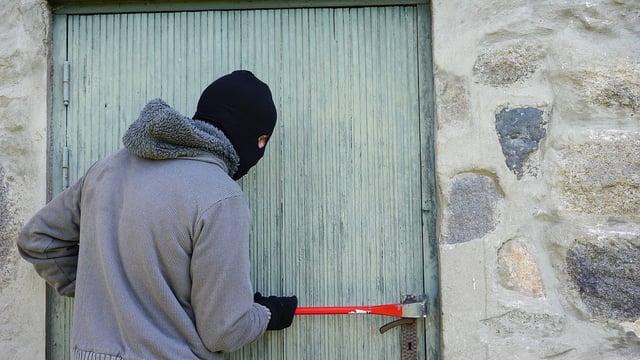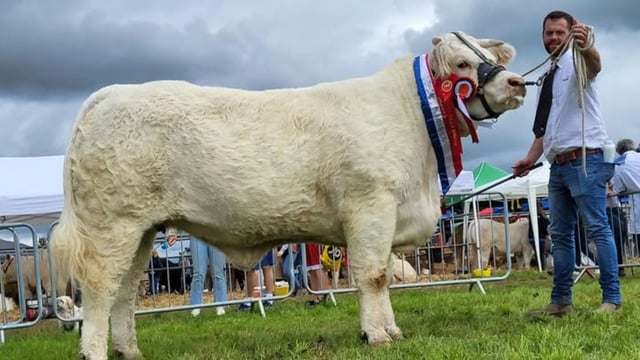"Food production is central to agriculture" - lecturer
Do lower inputs means lower production? Not according to agriculture experts.
The award-winning, former senior lecturer in UCD’s School of Agriculture and Food Science, Dr. John Feehan, believes that embracing traditional approaches to farming is as important today as it was 50 years ago.
Speaking at the Extensive Grassland Biodiversity event, co-hosted by Teagasc and the Heritage Council, Birr, Co. Offaly, Dr. Feehan explained the importance of learning from the farming practices of the past.
Dr. Feehan said: "The superior productivity of the new ryegrass/clover sward is not in fact that much more productive than the best practice of the past".
Dr. Helen Sheridan, director of the UCD agri-environmental sciences degree programme, also focused on the topic of production.
Dr. Sheridan said: "Food production is central to agriculture and has always been".
"However, we do recognise that we need our landscapes to provide a range of other ecosystem services too, food production is one ecosystem service, but we need a whole range of other ecosystem services produced."
"We can see how the maintenance of biodiversity and enhancement of wider biodiversity within the landscape is hugely important, so how we produce our food will influence the delivery of those ecosystem services and the wider landscape.
"And those ecosystem services in turn will determine how our food production systems will work into the future and that's likely to become even more pronounced as we see changes in climatic conditions".
Ireland does not have any natural grasslands, but does have a number of semi-natural grassland types such as Calcareous grassland and a particularly limited grassland known as Machair.
Machair grassland occurs along the west and northwest coast of Ireland, and is part of a six year EU funded project called LIFE on Machair, which aims to protect and restore Ireland's network of Machair systems.
Speaking about the project Dr. Sheridan said: "How these people value those grasslands was an eye opener for me.
"It wasn't just looking at them from their biodiversity support value, but these farmers recognised the importance of those grasslands in terms of how they fitted into their farming system".
"I think that's key to the conservation of any of these semi-natural grasslands in our landscapes, we've got to be able to see how they fit into a particular system."
"The farmers could see how if they grazed them appropriately in the winter months, then that allowed them to keep their cattle out".
She added: "They didn't need a shed, they didn't have to deal with slurry and they didn't have all the costs associated with housing animals, and they felt they had healthier animals as a consequence, so that was a real win-win situation".





